9 Things Your Nonprofit Needs to Know About Monthly Donations
It’s the time of year when nonprofits are evaluating their recent fundraising results and making plans to bring in more contributions in the coming year. But… how?
What will move the needle for you this year?
This question came up in a recent call I was on, and the subject turned to this organization’s monthly giving program. It was doing okay, but they weren’t persuaded it was worth the time and effort compared with focusing on major donors. What I tried to tell them was that many monthly donors are major donors or major or legacy donors in waiting!
If you’re not thinking about your monthly donor program this way, this year is your opportunity to reframe how you think about it.
CONSIDER THIS: A $50 monthly donor is a $600 donor. A $100 monthly donor is a $1,200 donor. PLUS… monthly donors are exceedingly loyal. One-time donors renew, on average, at a rate of 45%. Monthly donors renew, on average, at a rate of nearly 90%. And the fact they give consistently over time means they truly identify with your charity. You are so important to them you are like one of their children to whom they give a monthly allowance! So there’s a good chance they may also leave you a legacy gift. Wouldn’t it make sense to double down this year to try to grow and cultivate more of these loyal supporters?
On my recent call with the charity feeling uncertain about how much resources to devote to monthly giving, I remembered this conversation I had a few years back with expert, Bill Sayre, CEO of Merkle RMG. Since he works with hundreds of organizations to help them build and manage their sustainer programs, I’d asked him to give me his thoughts on what you can do to begin and/or better manage your monthly giving program.
Chances are you already have some sort of monthly sustainer program. But… is it the best it can be? Could it do more heavy lifting for you?
Today I’m re-running this article in the hopes it will help you plan for the year ahead. You’ll learn not only why monthly donor programs are a good idea, but how you can put management systems in place, grow your revenue, keep donors happy and maximize return on your investment.






 I’ve written in the past about why
I’ve written in the past about why 
 This Thursday folks in the United States will celebrate what I consider to be the social benefit sector holiday of the year:
This Thursday folks in the United States will celebrate what I consider to be the social benefit sector holiday of the year:




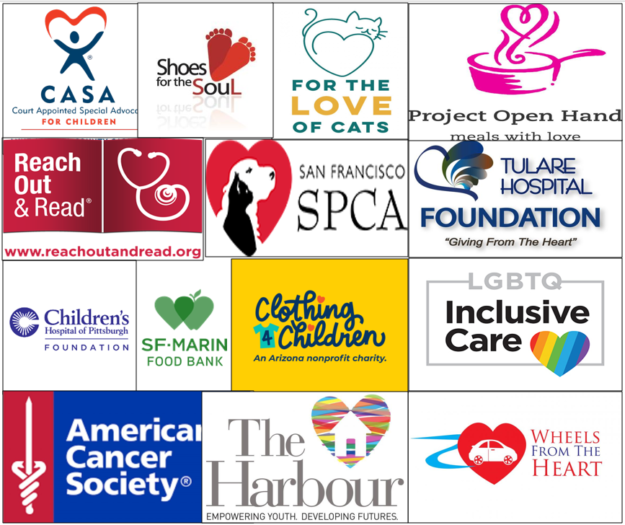
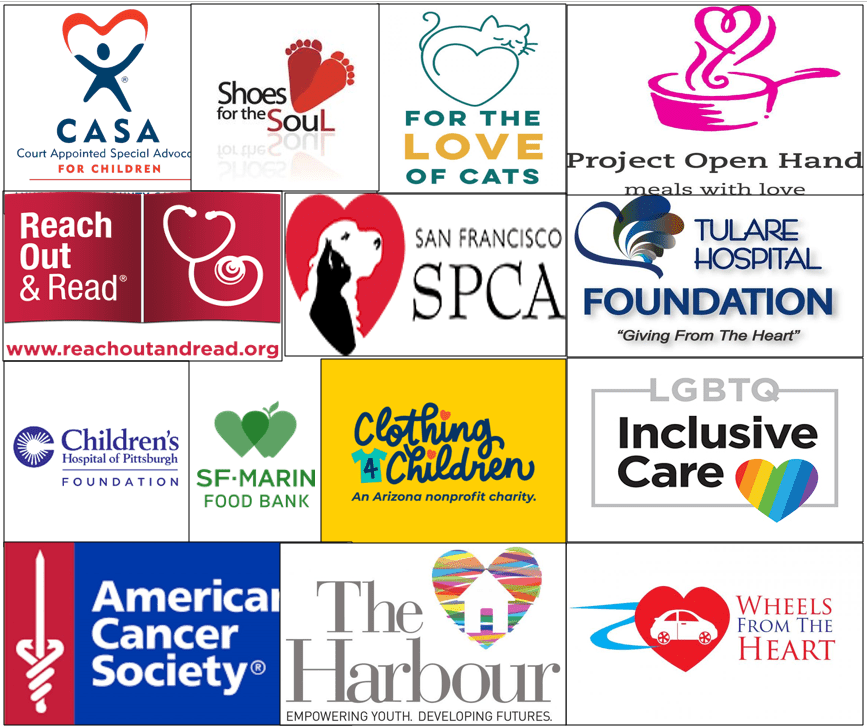 Why do people – with plenty of worries and expenses — give hard-earned money that could otherwise be spent on their own families, taxes and bills to complete strangers via philanthropy?
Why do people – with plenty of worries and expenses — give hard-earned money that could otherwise be spent on their own families, taxes and bills to complete strangers via philanthropy?
 Everyone is saying it.
Everyone is saying it.
 Times are tough. It’s easy to get demoralized. Especially if you work for a business, nonprofit or otherwise, that doesn’t feel ‘essential’ in today’s environment.
Times are tough. It’s easy to get demoralized. Especially if you work for a business, nonprofit or otherwise, that doesn’t feel ‘essential’ in today’s environment.

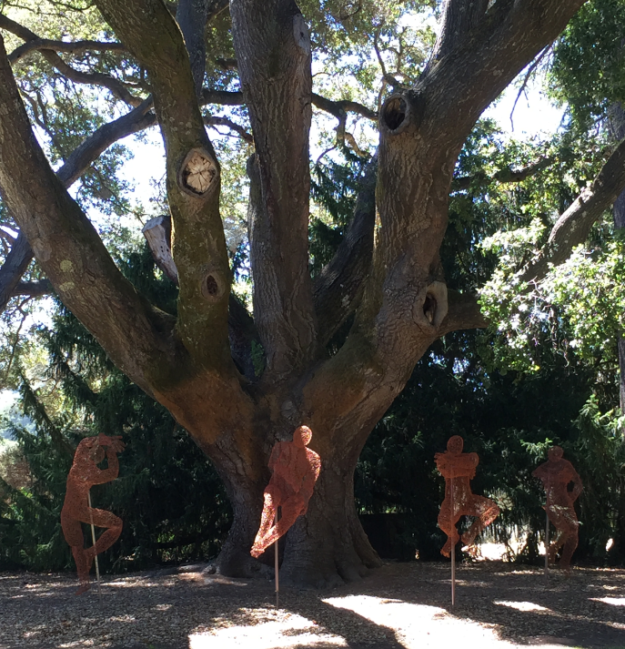
 Early in my career I received a piece of fundraising advice that has stuck with me to this day:
Early in my career I received a piece of fundraising advice that has stuck with me to this day: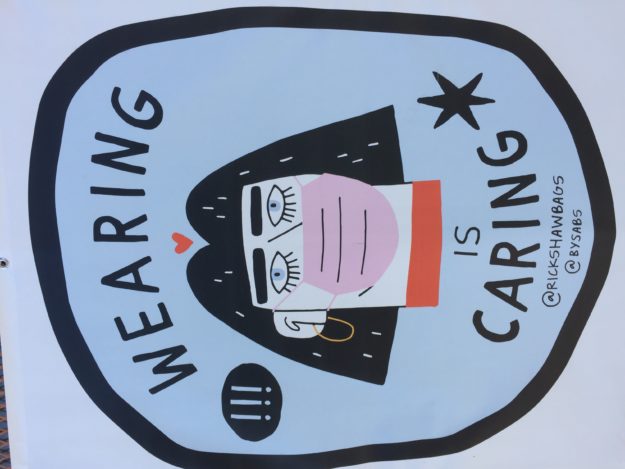
 During a crisis is no time to be passive. Build a list of audiences, prioritize contacts among those lists, and develop a step-by-step written PLAN to reach out. With updates, engagement opportunities, little gifts of content folks can use, and opportunities to contribute and make a demonstrable difference.
During a crisis is no time to be passive. Build a list of audiences, prioritize contacts among those lists, and develop a step-by-step written PLAN to reach out. With updates, engagement opportunities, little gifts of content folks can use, and opportunities to contribute and make a demonstrable difference.
 Is there a best way to raise money?
Is there a best way to raise money?
 For at least the past five years I’ve been actively encouraging nonprofits of all stripes to begin or ramp up their
For at least the past five years I’ve been actively encouraging nonprofits of all stripes to begin or ramp up their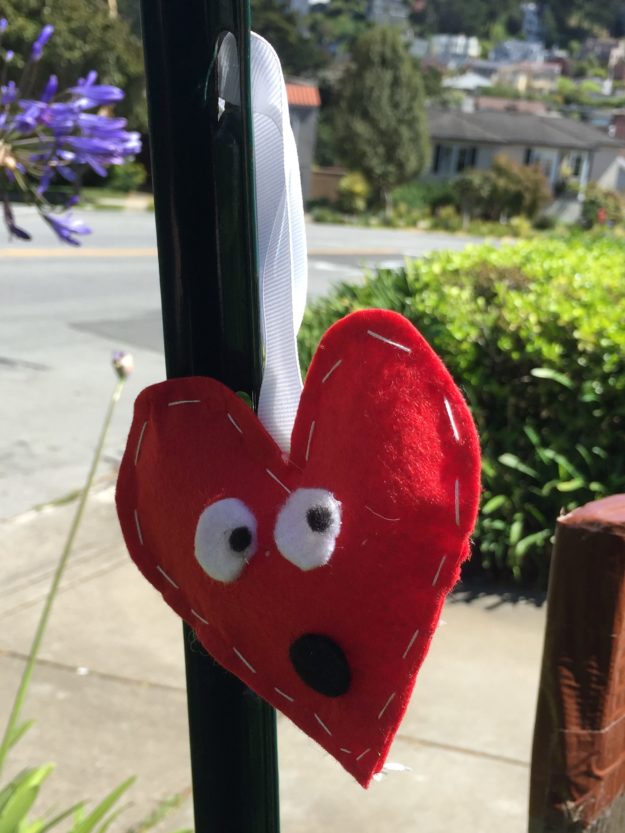
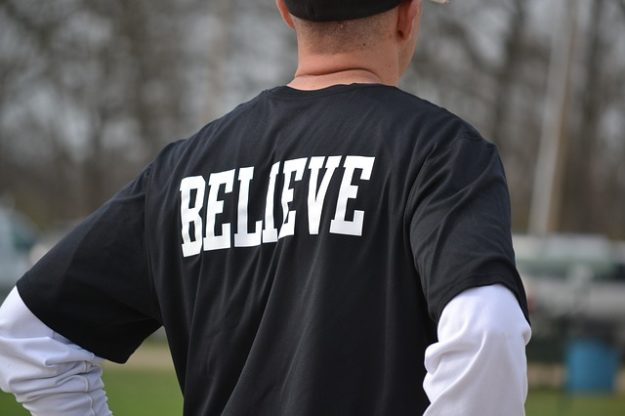
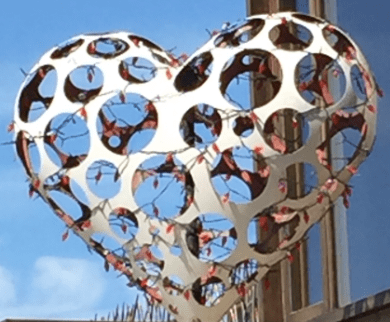
 If you feel too busy to contemplate adding one more task to your plate right now, you’re not alone. A pandemic is no vacation!
If you feel too busy to contemplate adding one more task to your plate right now, you’re not alone. A pandemic is no vacation!

 Last week I shared a number of real-life examples from innovative nonprofits taking creative steps to connect meaningfully to their supporters during these trying times. While staying connected, some organizations are succeeding in stepping up both their marketing and fundraising communications to the next level.
Last week I shared a number of real-life examples from innovative nonprofits taking creative steps to connect meaningfully to their supporters during these trying times. While staying connected, some organizations are succeeding in stepping up both their marketing and fundraising communications to the next level.

 If you’re like me, chances are every other email in your inbox has something referencing coronavirus. You can’t ignore it, avoid it or wish it away.
If you’re like me, chances are every other email in your inbox has something referencing coronavirus. You can’t ignore it, avoid it or wish it away.
 Connection is essential, especially during challenging times. When the going gets tough, we yearn to commune with people who will support us… teach us… commiserate with us… empathize with us… calm us… distract us… … entertain us… enable us to support them… and more.
Connection is essential, especially during challenging times. When the going gets tough, we yearn to commune with people who will support us… teach us… commiserate with us… empathize with us… calm us… distract us… … entertain us… enable us to support them… and more.

 I’m excited to share three easy tips with you, and the results are measurable. Do these things and you’ll be able to tell if they impact your bottom line!
I’m excited to share three easy tips with you, and the results are measurable. Do these things and you’ll be able to tell if they impact your bottom line!
 I find a widespread misunderstanding about the notion of what constitutes being donor-centered. It derives from two misconceptions:
I find a widespread misunderstanding about the notion of what constitutes being donor-centered. It derives from two misconceptions: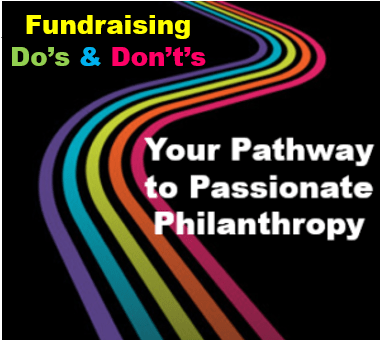



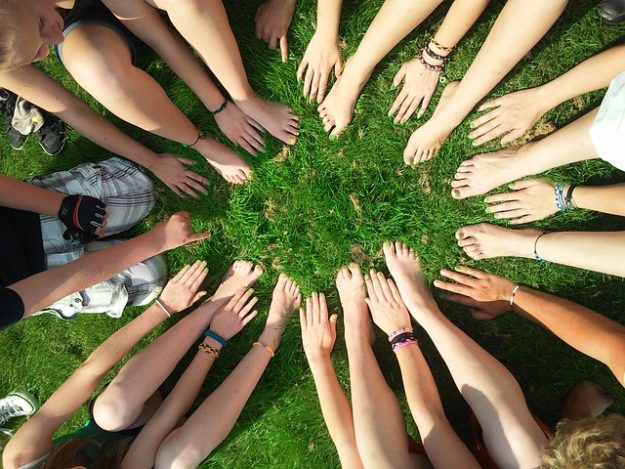
 Do you have monthly donors, or a monthly donor program?
Do you have monthly donors, or a monthly donor program?

 Fighting the good fight for your nonprofit’s cause is what you do best.
Fighting the good fight for your nonprofit’s cause is what you do best.
 I recently listened in on a thoughtful webinar by Scot Lumpkin for
I recently listened in on a thoughtful webinar by Scot Lumpkin for 

 I’ve created for you a little “Declaration of Fundraising Independence” to help you become a fruitful philanthropy facilitator from this day forward.
I’ve created for you a little “Declaration of Fundraising Independence” to help you become a fruitful philanthropy facilitator from this day forward.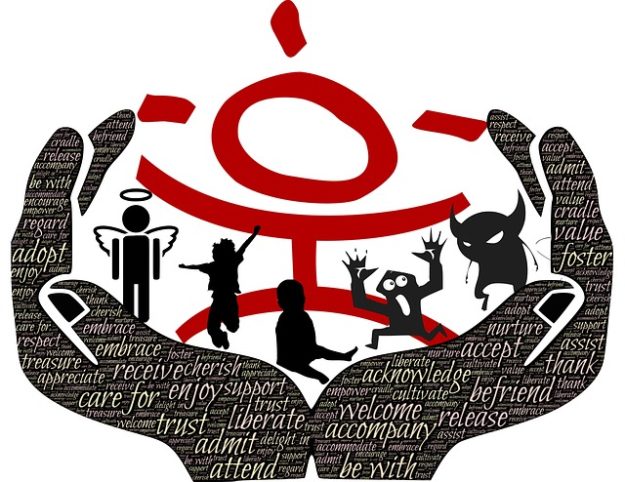
 When people give to you for the first time, often they know very little about you. Perhaps they found you through a link on social media. Or organic search. Or through a friend who emailed them a link to your appeal.
When people give to you for the first time, often they know very little about you. Perhaps they found you through a link on social media. Or organic search. Or through a friend who emailed them a link to your appeal.


 You love your current donors, right?
You love your current donors, right?
